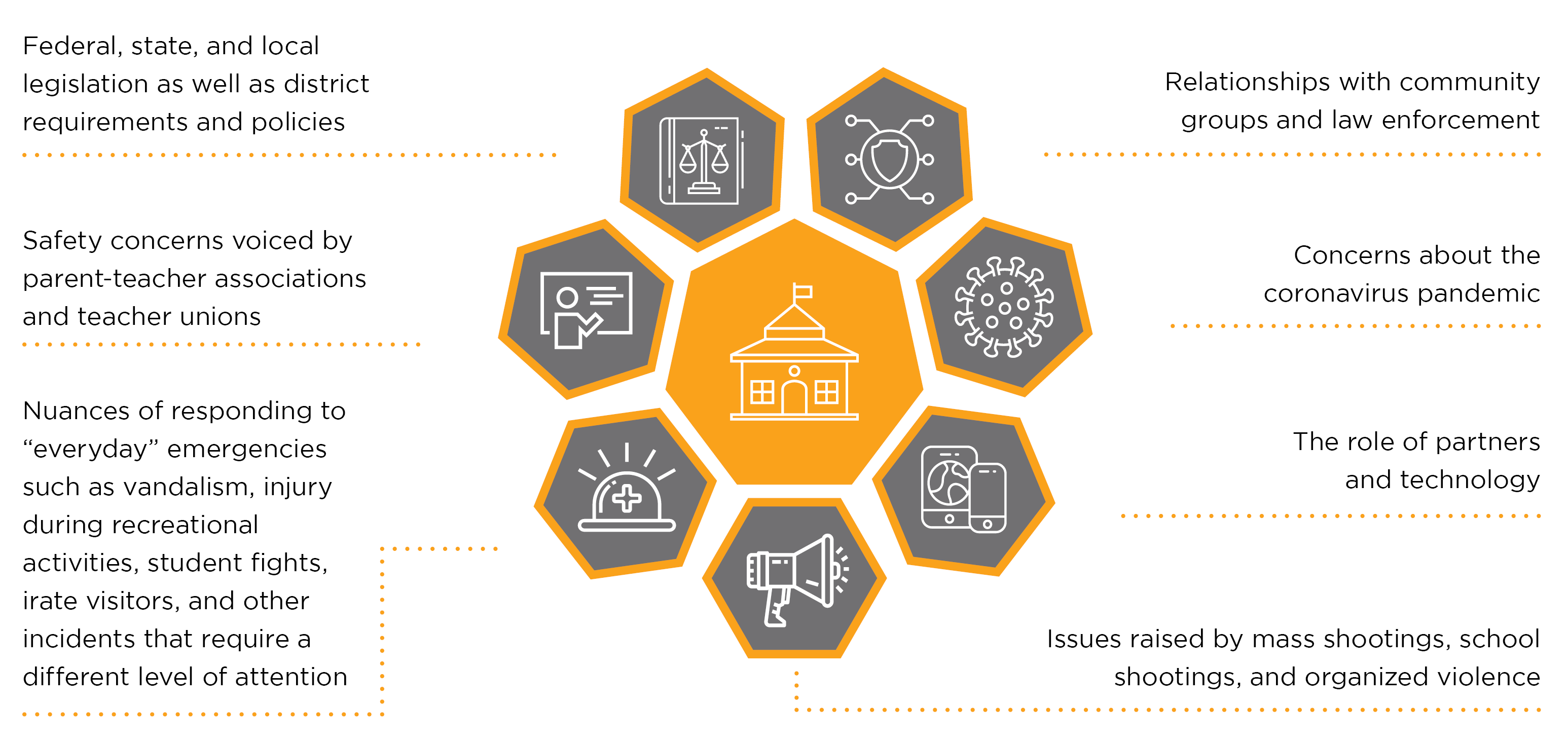Schools are obligated to protect their students and staff from any threat and emergency, whether it’s a manmade incident like violence or a natural hazard such as inclement weather and pandemics. This protection requires robust planning. It’s not just a matter of feeling safe; it’s also necessary to maintain the integrity of your educational environment.
We all know why emergency management is important, but what does successful emergency management look like and why should we go above and beyond so that our community feels safe and trusts us.
The Basics of Emergency Management
Emergency management covers the entire timeline of an incident and integrates policies, personnel, partners, and technology to:
- Manage drills that enable students, teachers, and staff to respond to events confidently based on muscle memory developed through practice
- Instantly summon the appropriate help, whether thats onsite security personnel, law enforcement, the fire department, and/or health officials
- Provide first responders and staff with immediate access to your schools most up-to-date emergency operations plan and building diagrams
- Seamlessly monitor and account for the status of everyone on campus throughout an incident
- Efficiently reunify each student with their approved guardian
Context Around Emergency Management
There are several factors that influence emergency management that you will need to consider as you develop your approach. For example, schools must follow not only district requirements and policies but also any relevant federal, state, and local legislation, like Alyssa’s Law. COVID-19 has also influenced emergency management and has forced schools to adapt many of their standard operating procedures due to the threat of a pandemic. Other factors include:

Excellence in Emergency Management
When it comes to emergency management, there are always new considerations around safety, changes to statutes and regulations, and professional as well as cultural shifts to account for. The many elements of emergency management, and the increasing pressure to put the right policies and solutions in place, can quickly overwhelm school leaders as they navigate through what emergency management looks like for their specific school or district. You don’t have to nor should you do this alone.
In the Guide to K-12 Emergency Management: Proven Strategies to Protect Your School, we share best practices and advice to help you understand and excel in emergency management. You will also learn how to develop the best approach for your school and every person inside it.






